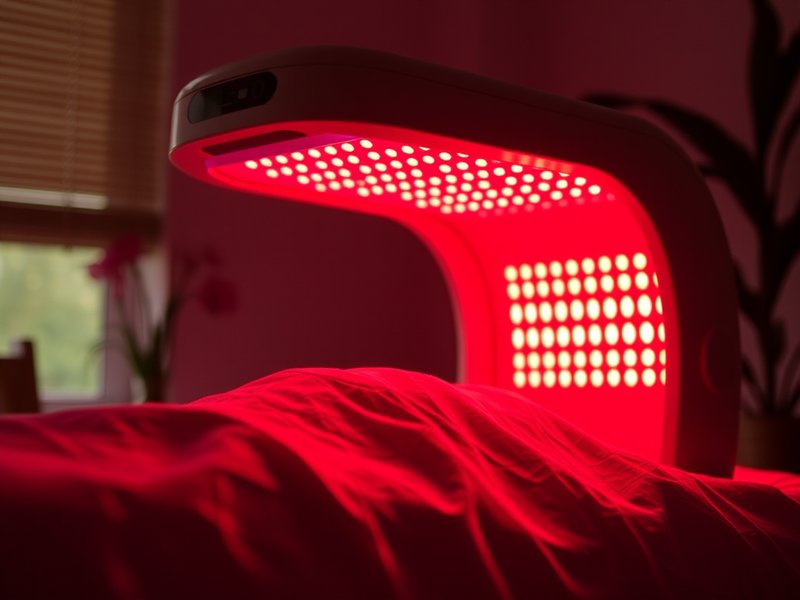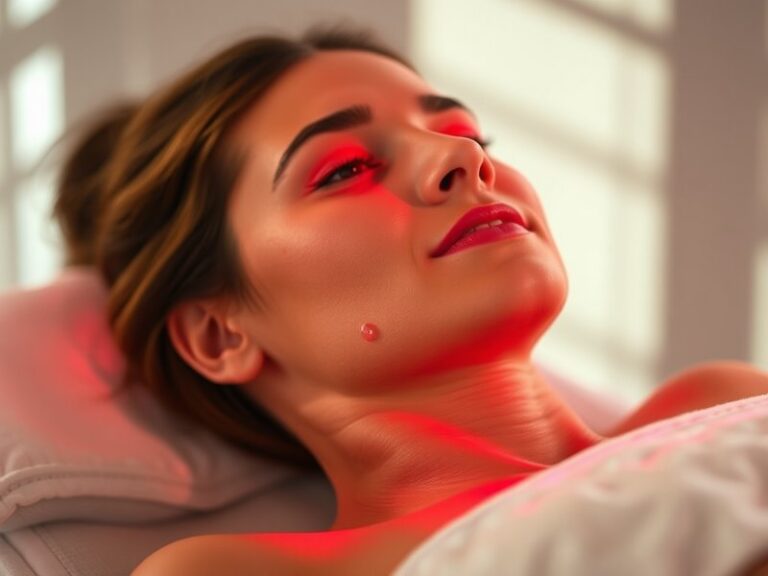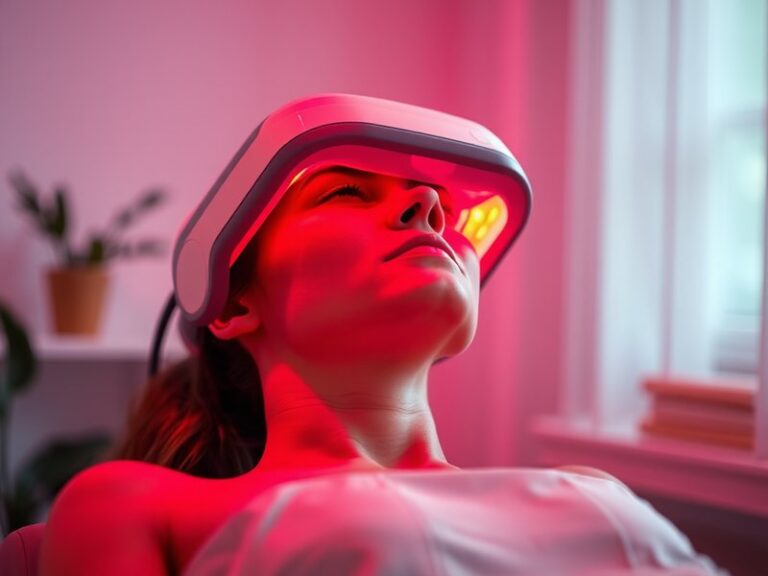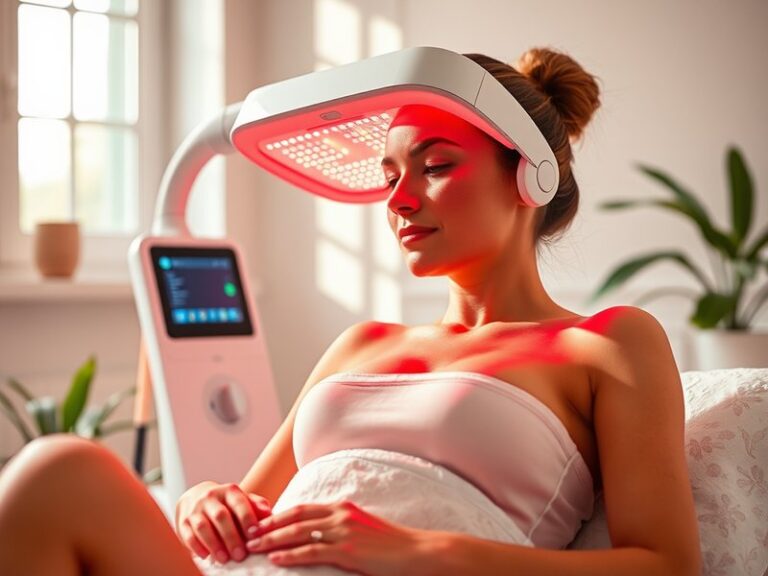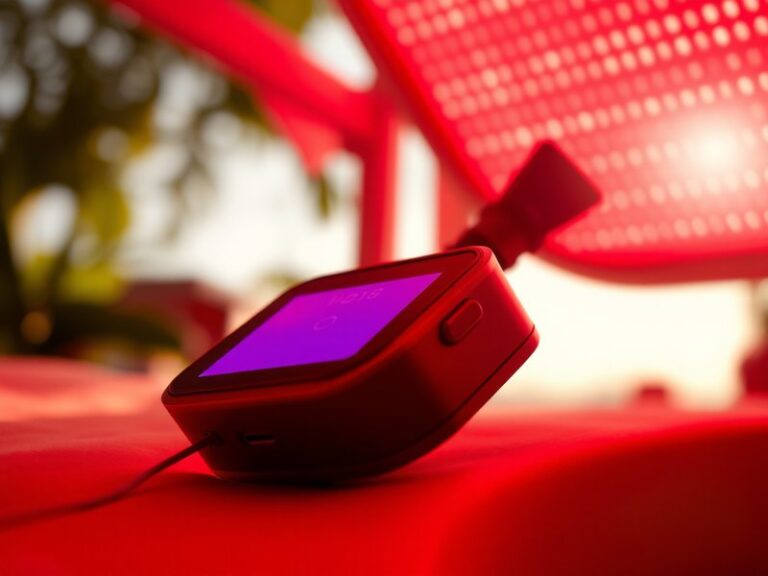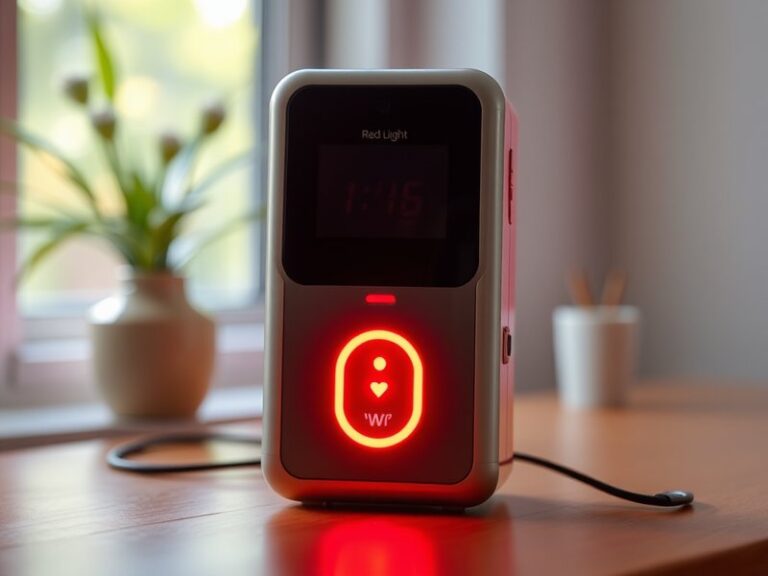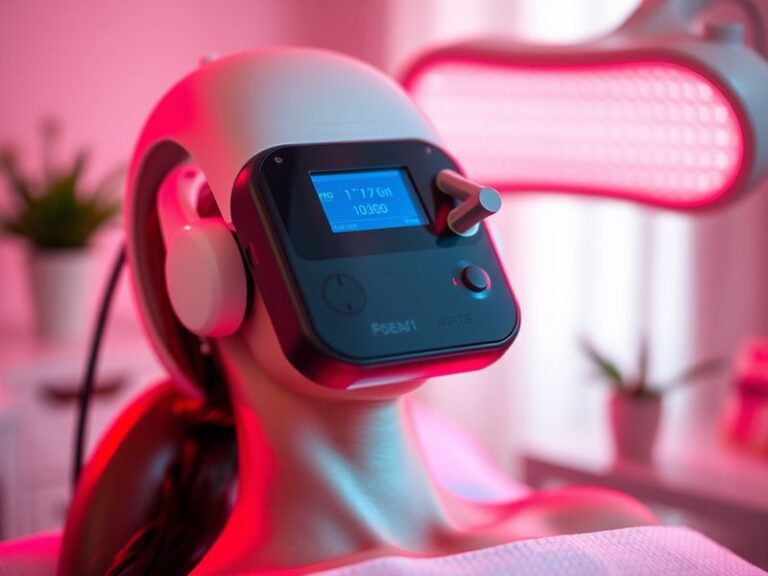How Many Days A Week Should You Do Red Light Therapy?
How Many Days A Week Should You Do Red Light Therapy?
Have you ever wondered how often you should be using red light therapy to reap its benefits?
In this article, we’ll explore the frequency of red light therapy sessions, the reasons behind different recommendations, and how to optimize your results. Whether you’re looking for pain relief, skin rejuvenation, or enhanced recovery, understanding the ideal schedule for red light therapy can greatly enhance your experience.
Key Takeaways
- Frequency of sessions can vary based on individual goals and health conditions.
- Consistency is key to achieving desired results with red light therapy.
- Consultation with a healthcare professional can help determine the best regimen for you.
What is Red Light Therapy?
Red light therapy, also known as low-level laser therapy (LLLT), involves exposing the skin to low wavelengths of red or near-infrared light. This technology has gained attention for its potential benefits in healing tissues and improving skin texture.
The light penetrates the skin to stimulate cellular activity, promoting healing and regeneration. It’s commonly employed in various fields, including dermatology, physical therapy, and wellness practices, for its applications in pain relief, wound healing, and anti-aging treatments.
How Does Red Light Therapy Work?
Red light therapy works by using specific wavelengths of light to target cells. The mitochondria in our cells absorb this light, which enhances the production of adenosine triphosphate (ATP), leading to increased energy and improved cellular function.
This process can initiate a cascade of healing effects, including reduced inflammation, enhanced circulation, and accelerated tissue repair.
What are the Benefits of Red Light Therapy?
Understanding the advantages of red light therapy can help you appreciate why finding the right frequency for your sessions is essential.
Enhanced Skin Health
Red light therapy is known for its ability to promote collagen production and improve skin elasticity. Users often report less visible fine lines and wrinkles, leading to a more youthful appearance.
Pain Relief
Many individuals utilize red light therapy for its analgesic properties. Studies show that it can reduce pain and inflammation, making it beneficial for those with chronic pain conditions or recovering from injuries.
Improved Recovery Times
Athletes and active individuals frequently turn to red light therapy to accelerate recovery times. The therapy aids in reducing muscle soreness and inflammation, allowing for quicker returns to training or competition.
Stress Reduction
The relaxing effects of red light therapy can help lower stress levels. Many users experience a sense of well-being during and after sessions, which can positively impact mental health.
Is it Possible to Overuse Red Light Therapy?
While red light therapy is generally considered safe, overusing it can lead to diminishing returns or mild irritation.
What are the Advantages of Moderate Use?
Moderate usage ensures that you maximize the benefits without overwhelming your body’s natural healing processes. A balanced approach can lead to better long-term results.
What are the Disadvantages of Overuse?
Overexposure to red light therapy could potentially cause skin irritation or redness. Additionally, excessive usage may not necessarily equate to faster or better results.
See the comprehensive guide Is Photobiomodulation the Same as Red Light Therapy?
What are the Things to Consider Before Setting a Schedule?
Setting an effective schedule for red light therapy requires consideration of various factors.
Your Health Goals
Understanding your specific goals—whether it’s pain relief, skin improvement, or muscle recovery—can influence how often you should conduct sessions. For instance, someone targeting chronic pain may benefit from more frequent sessions at first.
Skin Sensitivity
Individuals with sensitive skin may need to start with shorter, less frequent sessions to prevent irritation. Monitoring how your skin responds can help determine your optimal frequency.
Device Strength and Type
The type and strength of the red light therapy device can also affect frequency. More powerful devices may require fewer sessions, while less powerful options might necessitate more frequent use.
Consulting Healthcare Professionals
Before beginning any form of therapy, consulting healthcare professionals or certified practitioners can provide tailored advice based on your unique health profile and therapeutic needs.
What are the Alternatives to Red Light Therapy?
If you’re considering other options in addition to or instead of red light therapy, several alternatives exist.
Infrared Therapy
Similar to red light therapy, infrared therapy utilizes heat and light to promote healing and relaxation. It can be effective for those seeking pain relief or improved circulation.
Learn the whole story Purpose of Red Light Therapy?
Cold Laser Therapy
Cold laser therapy employs low-level lasers to treat injuries and pain. It’s often used in physical therapy settings to stimulate healing without heat or discomfort.
Ultrasound Therapy
Ultrasound therapy uses sound waves to operate at deeper tissue levels, providing a different method of promoting healing compared to light therapies.
Massage Therapy
While not light therapy, massage therapy can also alleviate pain and improve recovery times through physical manipulation of muscle tissues.
Conclusion: Is it Recommended to Engage in Red Light Therapy Regularly?
In summary, the recommended frequency for red light therapy sessions typically ranges from three to five times per week, depending on personal goals and conditions. Consistency and moderation are critical to obtaining the best results. Always consider individual factors, and it may be wise to consult with a healthcare professional to develop a personalized plan.
Frequently Asked Questions
How long should each red light therapy session last?
Sessions usually last between 10 to 30 minutes, depending on the device and treatment area. Always follow the manufacturer’s guidelines for optimal results.
Can I do red light therapy every day?
Yes, many people safely engage in daily sessions, especially for acute conditions. However, listening to your body and adjusting frequency based on individual responses is important.
What should I feel during red light therapy?
Most users report a warming sensation or a relaxing feeling during therapy. It is not uncommon to feel a mild increase in circulation.
Are there any contraindications for red light therapy?
Generally, red light therapy is considered safe, but individuals with certain conditions, like active cancer or light sensitivity disorders, should consult their physician before using it.
How soon will I see results from red light therapy?
Results vary by individual and treatment goals. Some people may notice improvements within a few sessions, while others might take weeks to see significant changes.
By understanding how to effectively integrate red light therapy into your routine, you can better align your sessions with your therapeutic goals, ensuring you enjoy the wide array of benefits it offers.
